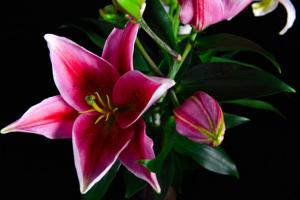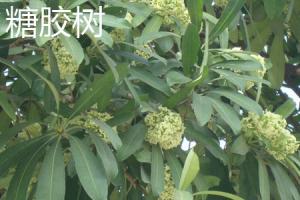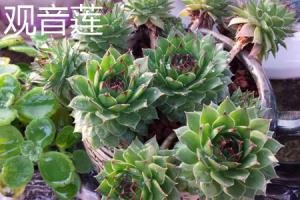Introduction
When it comes to gardening, choosing the right planter pot size is crucial for the success of your plants. A pot that is too small may restrict the growth of your plants, while a pot that is too large may hold too much water and drown your plants. In this article, we will discuss how to determine the appropriate size of planter pot you need for your plants.
Consider the Plant Size
The first thing to consider when choosing a planter pot size is the size of the plant. If you are growing a small plant, such as an herb, a smaller pot would be sufficient. However, larger plants, such as tomatoes or fruit trees, require larger pots to accommodate their root systems.
As a general rule of thumb, your planter pot should be 2-4 inches larger in diameter than the width of your plant. For example, if your plant is 6 inches wide, your planter pot should be 8-10 inches in diameter.
Think About Drainage
Another factor to consider when selecting a planter pot size is drainage. A planter pot that is too small will not provide adequate drainage for your plants, leading to waterlogged soil and root rot. On the other hand, a pot that is too large may hold too much water and drown your plants.
Make sure to choose a planter pot with drainage holes in the bottom to allow excess water to escape. You can also add a layer of rocks or gravel to the bottom of the pot to promote drainage.
Consider Temperature and Humidity
The temperature and humidity of your environment can also play a role in determining the appropriate size of planter pot for your plants. If you live in a hot, dry climate, your plants may require a larger pot to retain moisture. Alternatively, if you live in a cooler, more humid environment, a smaller pot may be more suitable.
It's important to also consider the microclimate of your specific location. Is your plant going to be placed indoors or outdoors? Will it receive direct sunlight or partial shade? These factors can also play a role in determining the appropriate size of your planter pot.
Final Thoughts
Choosing the right planter pot size is essential for the health and growth of your plants. When choosing a pot, consider the size of your plant, drainage, and the temperature and humidity of your environment. By taking these factors into account, you can ensure that your plants thrive in their new home.
If you are still unsure about the appropriate size of planter pot for your plants, consult a gardening expert or do some additional research to find the best fit. This extra effort will be worth it in the long run, helping you to create a beautiful, healthy garden that you can enjoy for years to come.

 how many times do yo...
how many times do yo... how many planted tre...
how many planted tre... how many pine trees ...
how many pine trees ... how many pecan trees...
how many pecan trees... how many plants comp...
how many plants comp... how many plants can ...
how many plants can ... how many plants and ...
how many plants and ... how many pepper plan...
how many pepper plan...

































